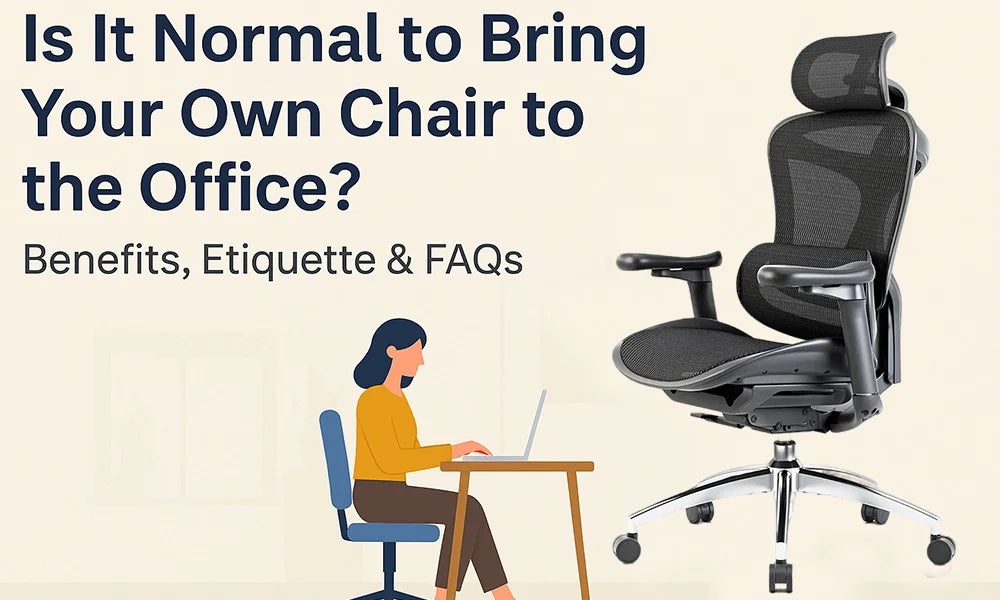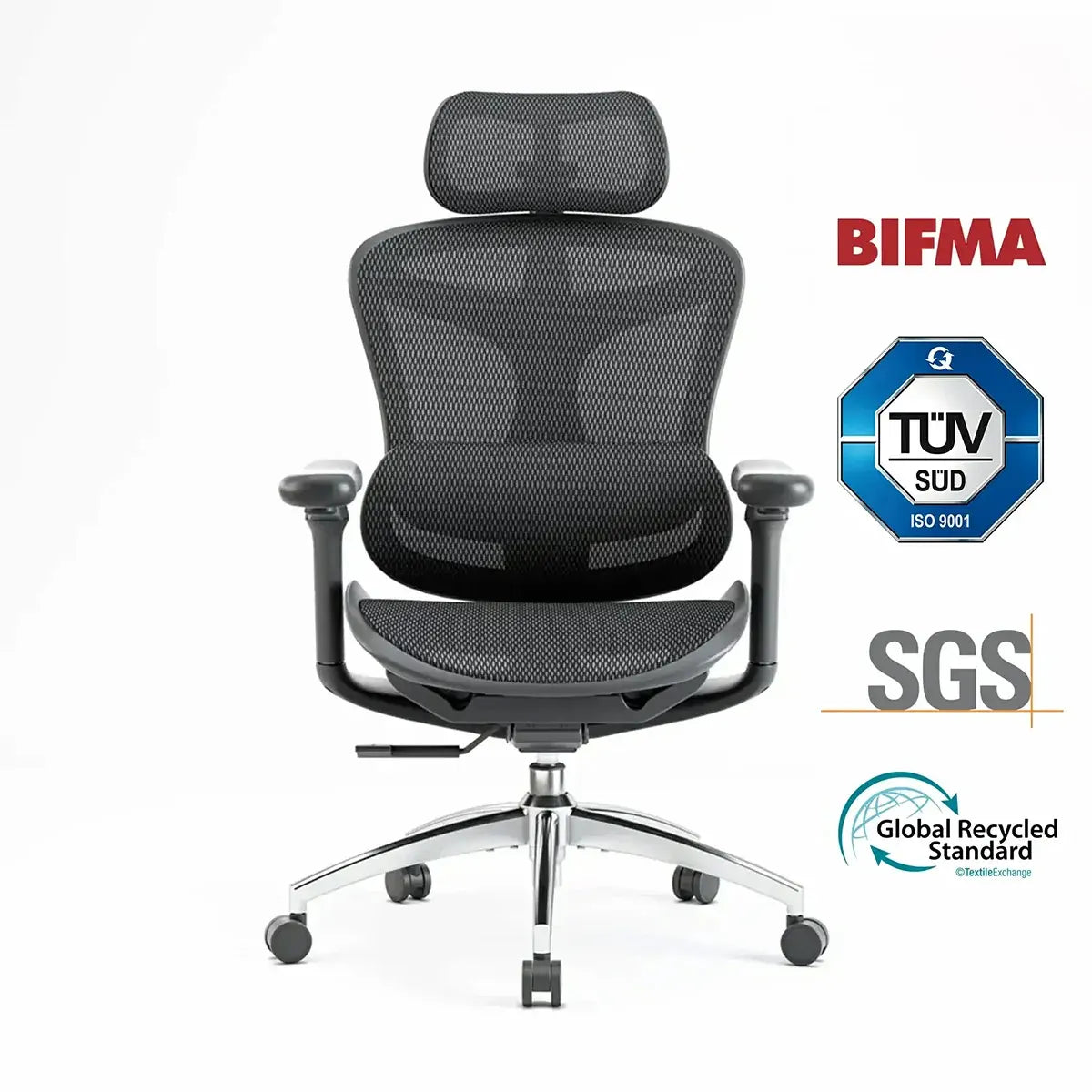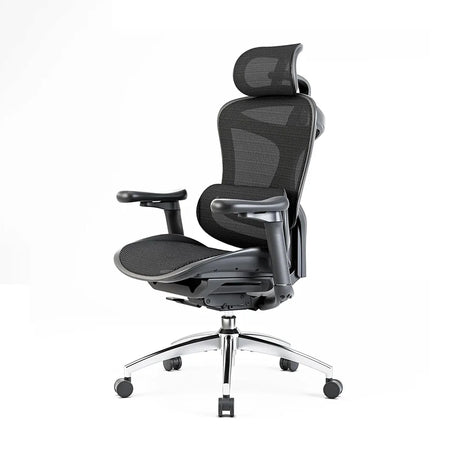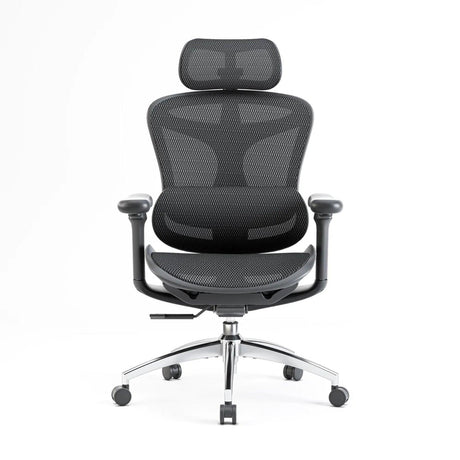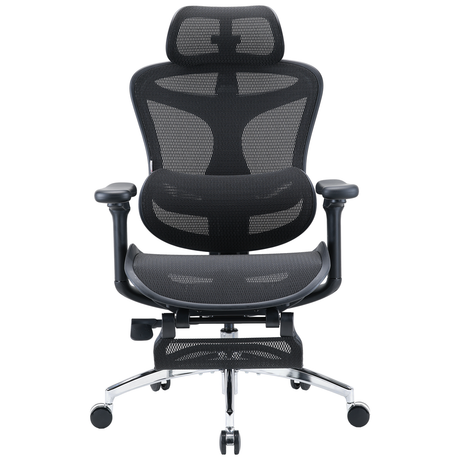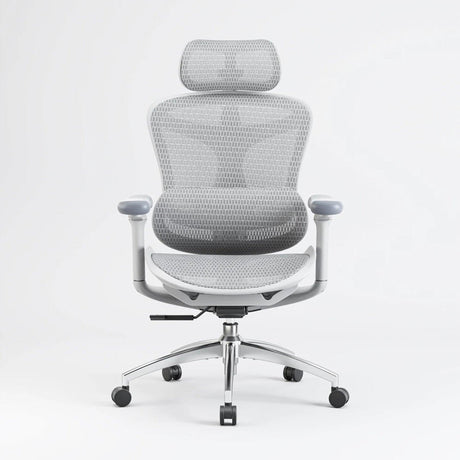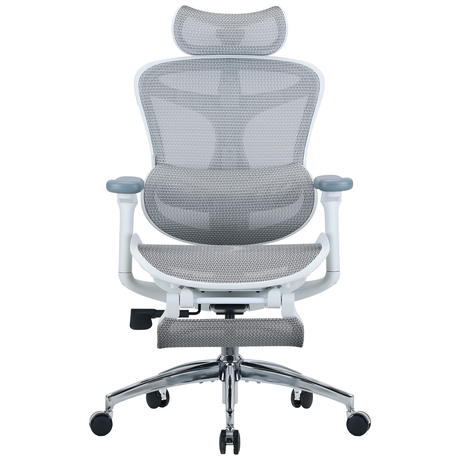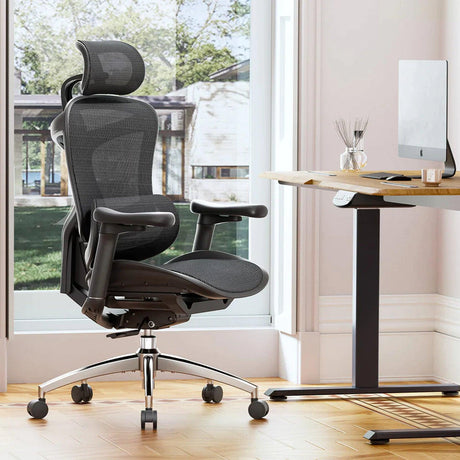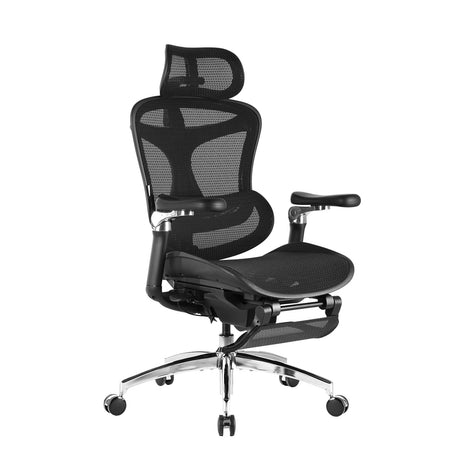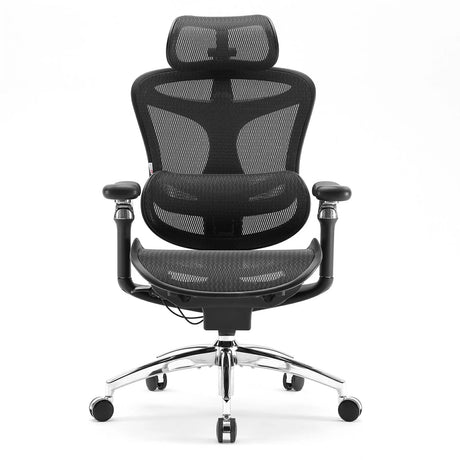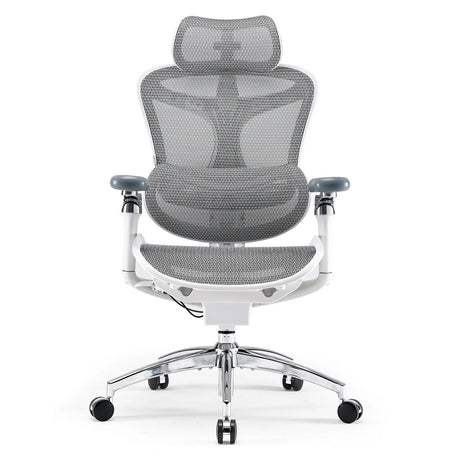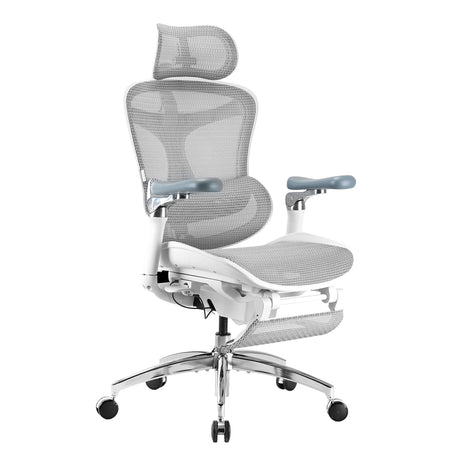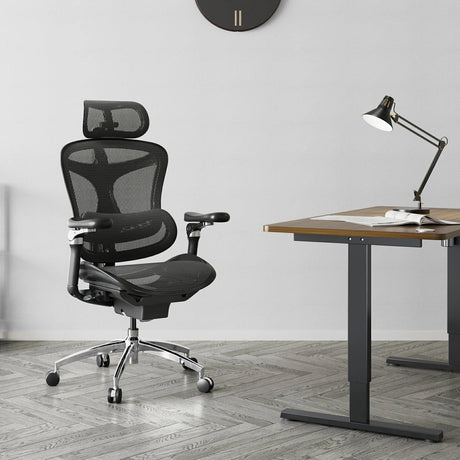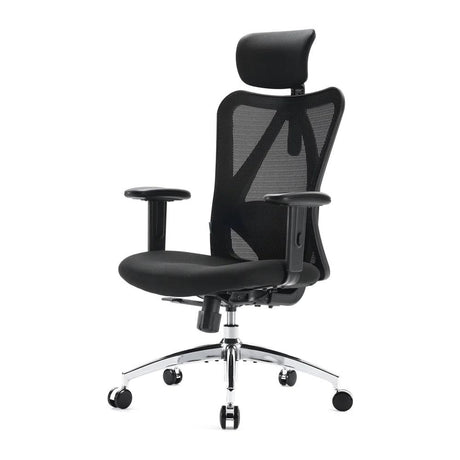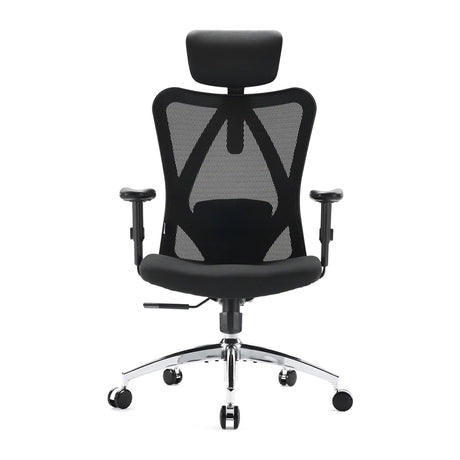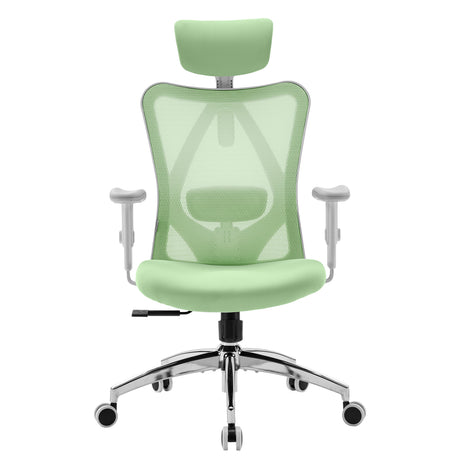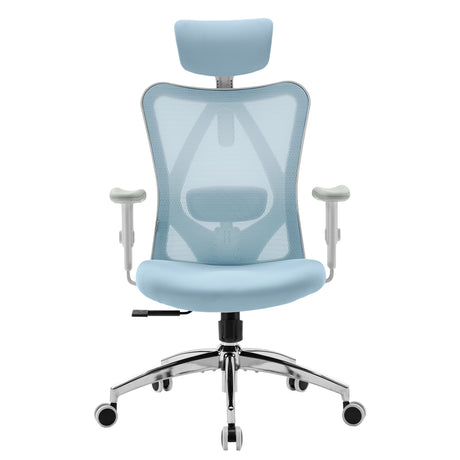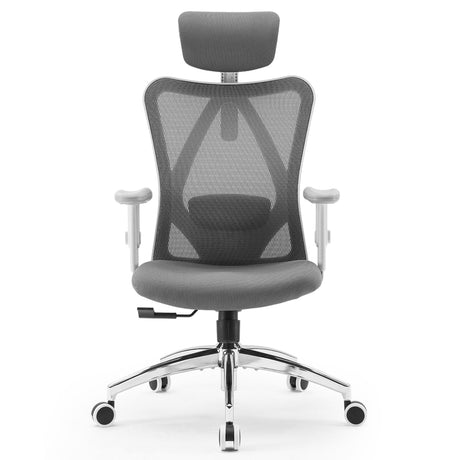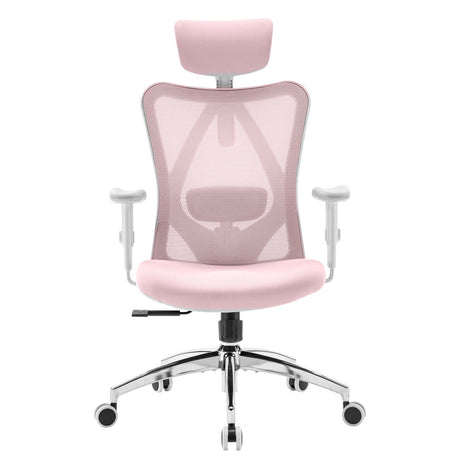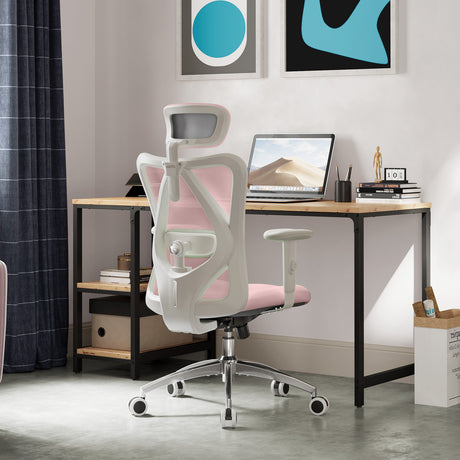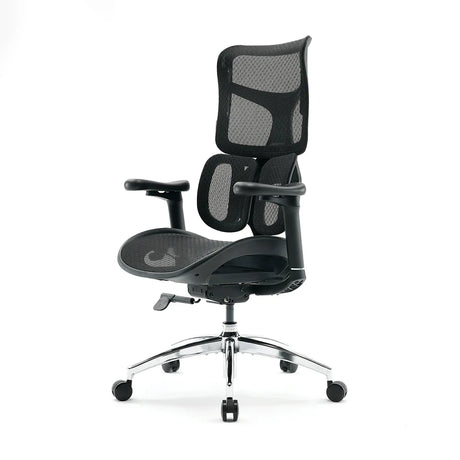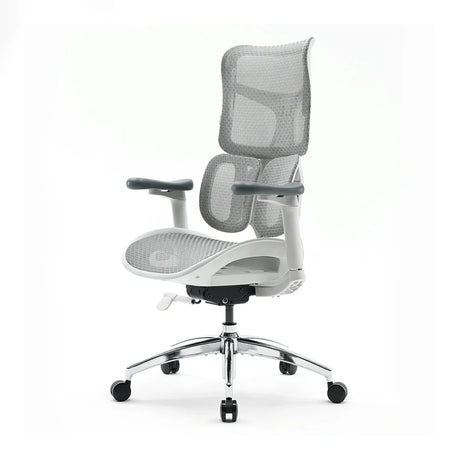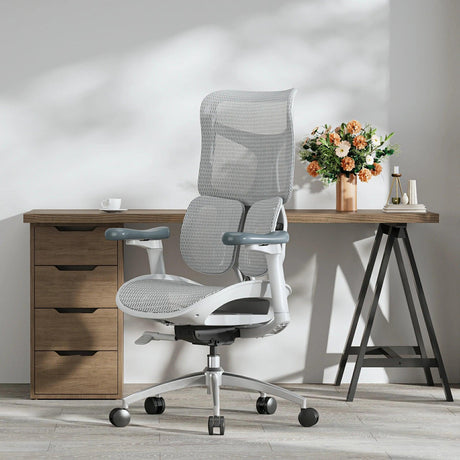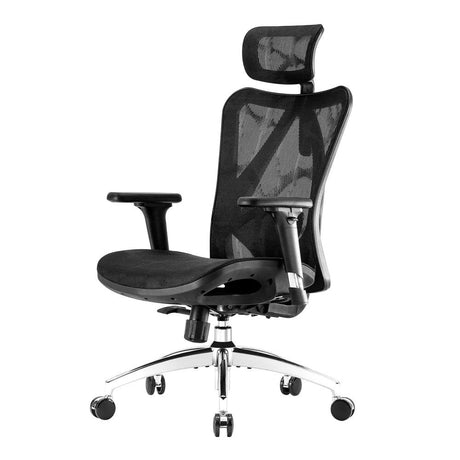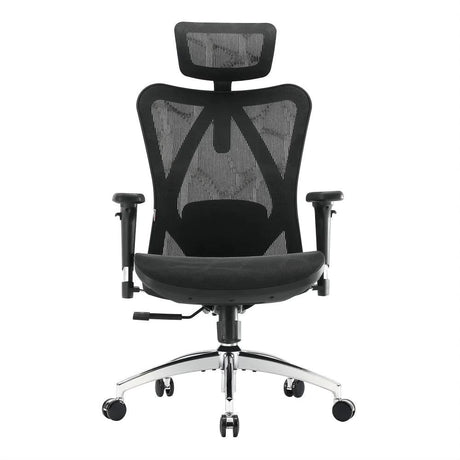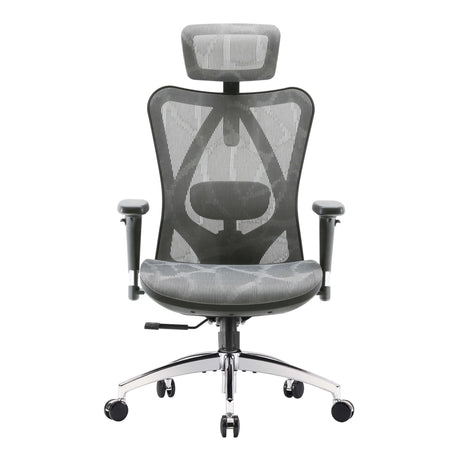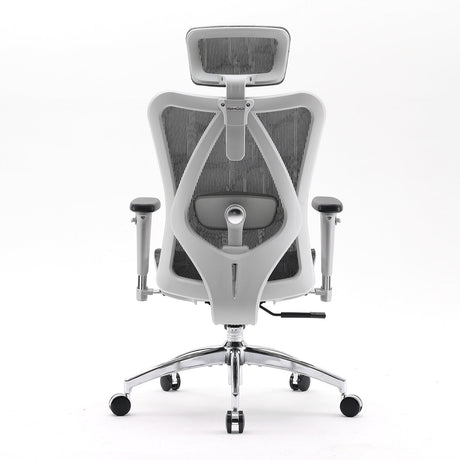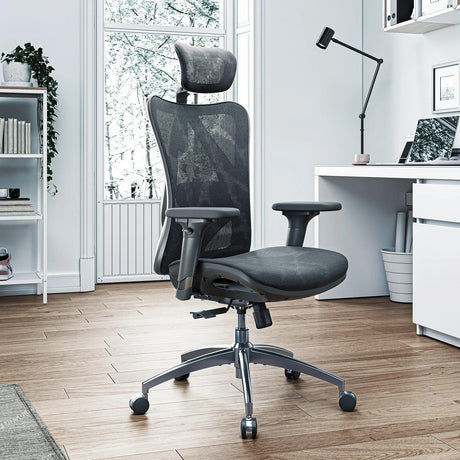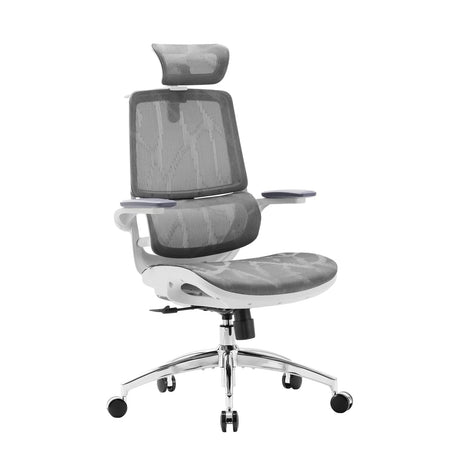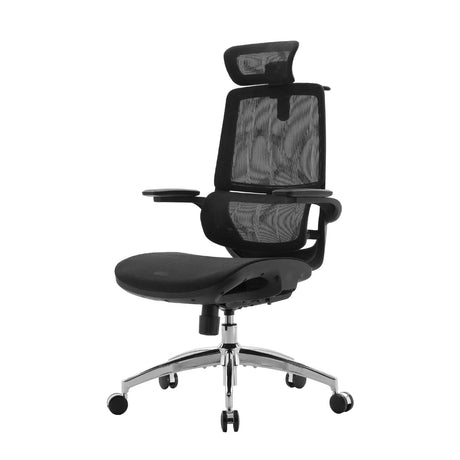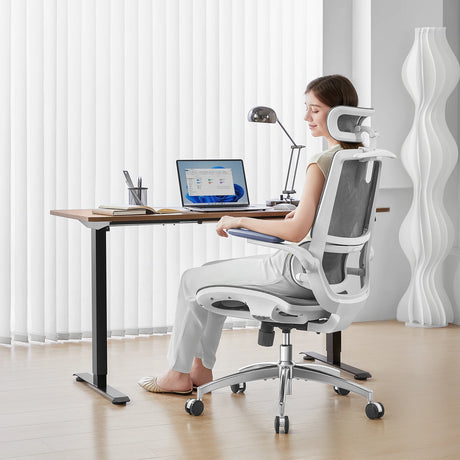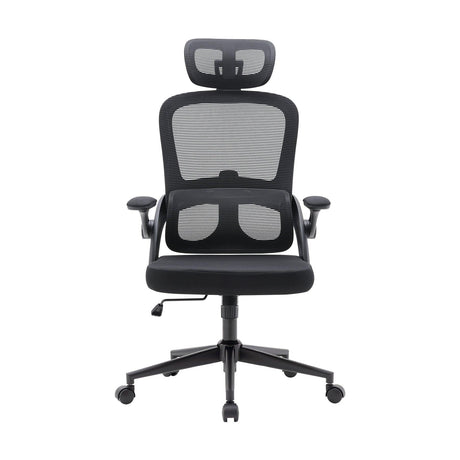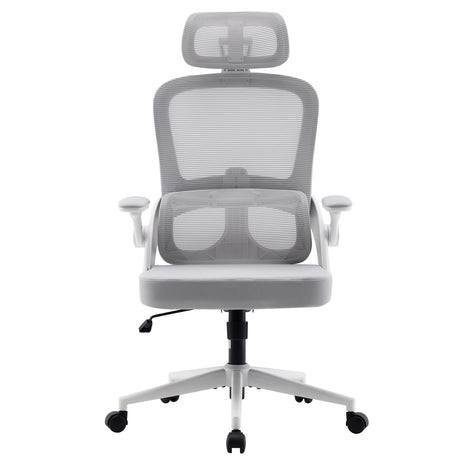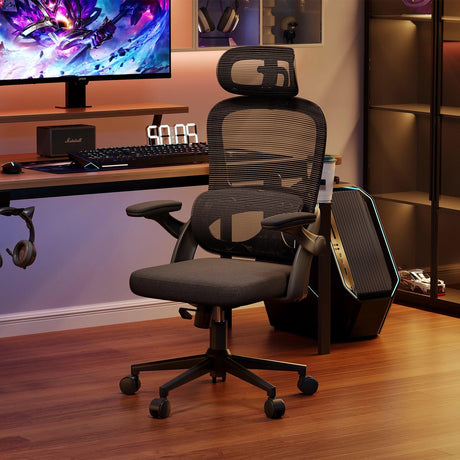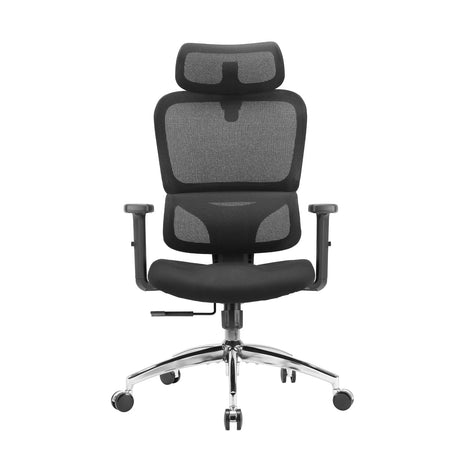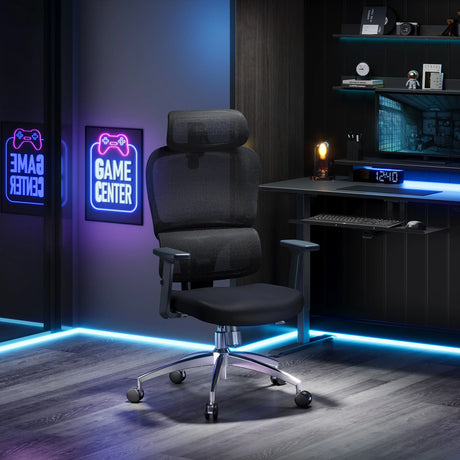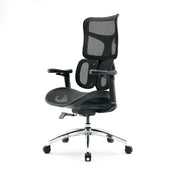The modern office is evolving. Flexible workspaces, hot-desking, and an increased focus on employee wellness have changed what “normal” looks like at work. Among these shifts, one question has emerged: Is it normal to bring your own chair to the office? While this might seem unusual at first, it’s becoming more common as employees seek comfort, ergonomics, and personal health at work. This article explores the reasons, pros and cons, etiquette, and best practices for bringing your own chair to the office.
Why Office Chairs Matter
Many employees underestimate the importance of a good office chair. Yet, the chair you sit on for eight hours a day can significantly impact your posture, productivity, and overall health.
The Health Implications
Poor seating can lead to:
- Back pain – Prolonged sitting in unsupportive chairs strains the spine and lower back.
- Neck and shoulder tension – Chairs with insufficient lumbar or upper back support can exacerbate discomfort.
- Circulation issues – Sitting in chairs that restrict leg movement can cause numbness or swelling.
- Postural problems – Long-term use of unsuitable chairs can lead to chronic musculoskeletal issues.
Productivity and Comfort
Comfortable seating directly correlates with productivity. Employees distracted by discomfort are less efficient, and minor aches can escalate into significant health issues. A well-designed chair supports natural posture, reduces fatigue, and promotes better focus.
Is Bringing Your Own Chair Common?
Historically, bringing personal furniture to work was uncommon, but office culture has shifted. Today, there are several scenarios where bringing your own chair is not only normal but sometimes encouraged:
1. Ergonomics and Health Concerns
Many employees bring their own chairs to prevent health problems. Ergonomic chairs, adjustable seat heights, lumbar support, and breathable materials are not always standard in offices. A personal chair ensures that your body receives the support it needs.
2. Hybrid and Flexible Workspaces
Modern offices are adopting flexible layouts, including hot-desking and shared spaces. In these environments, employees often bring personal items, including chairs, to ensure comfort and consistency wherever they sit.
3. Home-to-Office Consistency
Employees accustomed to ergonomic chairs at home may prefer to bring them to the office to maintain their posture and reduce adjustment time. For example, someone using a Sihoo Doro C300 at home may feel a significant difference in comfort with standard office chairs.
4. Company Culture and Policies
Some companies actively encourage employees to bring their own ergonomic equipment to promote health and wellness. Others may provide stipends for ergonomic chairs, acknowledging the direct impact on productivity and long-term employee well-being.
Sihoo Doro C300 Office Chair
Pros of Bringing Your Own Chair
1. Personalized Comfort
Everyone’s body is different. Bringing your own chair allows you to customize your seating experience, including:
- Seat height and depth
- Lumbar and neck support
- Armrest adjustment
- Cushion firmness
2. Health Benefits
A chair that suits your posture can prevent or alleviate chronic issues such as back pain, shoulder tension, and wrist strain. Employees with pre-existing conditions may especially benefit from personalized seating.
3. Increased Productivity
Comfortable employees focus better. Personalized chairs reduce the need to shift, stretch, or stand repeatedly due to discomfort. Over time, this can improve output and workplace satisfaction.
4. Investment in Longevity
High-quality ergonomic chairs are a long-term investment in your health. Instead of suffering through office chairs that wear down or cause pain, a personal chair ensures consistent support.
Cons of Bringing Your Own Chair
While there are many benefits, there are some considerations to keep in mind.
1. Office Space Constraints
Not all offices have the space for additional chairs. Bringing a bulky personal chair could interfere with shared workspaces, hot-desking setups, or office aesthetics.
2. Compatibility Issues
Your chair may not fit perfectly with your desk height, office flooring, or existing equipment. Mismatched furniture can create new ergonomic challenges.
3. Company Policies
Some offices have rules against personal furniture due to safety, liability, or uniformity concerns. Always check with HR or facilities before bringing your own chair.
4. Transportation and Logistics
Transporting a large chair daily can be cumbersome. For employees in urban areas or those who commute via public transportation, this may be impractical.
How to Choose the Right Chair for the Office
If you decide to bring your own chair, selecting the right one is crucial. Here’s what to consider:
1. Ergonomic Features
Look for chairs with:
- Adjustable lumbar support
- Seat height and depth adjustability
- Adjustable armrests
- Recline and tilt functionality
2. Material and Breathability
Mesh chairs or those with breathable fabrics prevent sweat buildup and keep you comfortable throughout the day.
3. Portability
If you plan to move your chair regularly, consider one that’s lightweight or has smooth casters compatible with office flooring.
4. Durability
A chair is an investment. High-quality chairs like the Sihoo M57 or Doro series are designed for long-term use and withstand daily office wear.
5. Aesthetics
While functionality is key, consider how your chair looks in the office. Some workplaces prefer uniform office aesthetics. A chair that blends in while providing ergonomic support is ideal.
Office Etiquette for Bringing Your Own Chair
Even if it’s allowed, bringing your own chair should be done respectfully. Here’s some etiquette guidance:
1. Communicate with HR or Management
Before bringing a chair, confirm with HR or office management that it is acceptable. This prevents any misunderstandings.
2. Choose a Chair That Fits the Space
Measure your workspace to ensure your chair doesn’t obstruct walkways, coworkers, or office equipment.
3. Maintain Cleanliness
Keep your chair clean, especially if it has fabric or mesh. Avoid bringing chairs that may shed or stain office carpeting.
4. Be Considerate of Others
Avoid occupying shared spaces with personal items if it inconveniences colleagues.
5. Avoid Extreme Customizations
While you want comfort, overly flashy or customized chairs may disrupt the office environment. Subtle ergonomic solutions are best.
Alternatives to Bringing Your Own Chair
If bringing a personal chair isn’t feasible, there are alternatives to improve office comfort:
1. Ergonomic Cushions
Portable cushions and lumbar supports can significantly improve comfort without replacing the office chair.
2. Standing Desk Converters
These allow employees to alternate between sitting and standing, reducing strain on the back and hips.
3. Office Chair Stipends
Some companies provide stipends to purchase office-appropriate ergonomic chairs, ensuring comfort while maintaining office uniformity.
4. Desk Accessories
Footrests, monitor stands, and keyboard trays improve posture and reduce strain even in standard office chairs.
Frequently Asked Questions (FAQs)
Q1: Is it weird to bring your own chair to the office?
Not at all. While it’s less common historically, many employees now bring ergonomic chairs to improve comfort and prevent health issues.
Q2: Can companies prevent employees from bringing their own chair?
Yes. Some offices have policies about personal furniture for safety, liability, or aesthetic reasons. Always check with HR or facilities first.
Q3: Will bringing my own chair improve my productivity?
Likely. Comfortable, ergonomic seating reduces fatigue and discomfort, which allows you to focus better on tasks.
Q4: What type of chair is best to bring to the office?
Ergonomic chairs with adjustable lumbar support, seat depth, and armrests are ideal. Mesh materials provide breathability, and smooth casters allow easy mobility.
Q5: Are there alternatives if I can’t bring my own chair?
Yes. Portable lumbar supports, ergonomic cushions, standing desk converters, and company-provided stipends are great alternatives.
Q6: How do I maintain hygiene for a personal chair in a shared office?
Clean the chair regularly with appropriate wipes or sprays. Avoid fabric shedding and ensure it doesn’t stain office carpets.
Conclusion
Bringing your own chair to the office is increasingly normalized, especially as awareness of ergonomics and employee wellness grows. While not every office allows personal furniture, many companies understand the value of supporting comfort and health at work. The key is balancing personal comfort with office etiquette, space constraints, and company policies.
A well-chosen ergonomic office chair can prevent health issues, improve productivity, and make your workday more enjoyable. Whether you bring your own chair, use a supportive cushion, or benefit from a company stipend, prioritizing your seating is no longer optional—it’s essential for long-term health and workplace satisfaction.
In today’s flexible and wellness-focused work culture, bringing your own chair may not only be normal—it might become the new standard.
